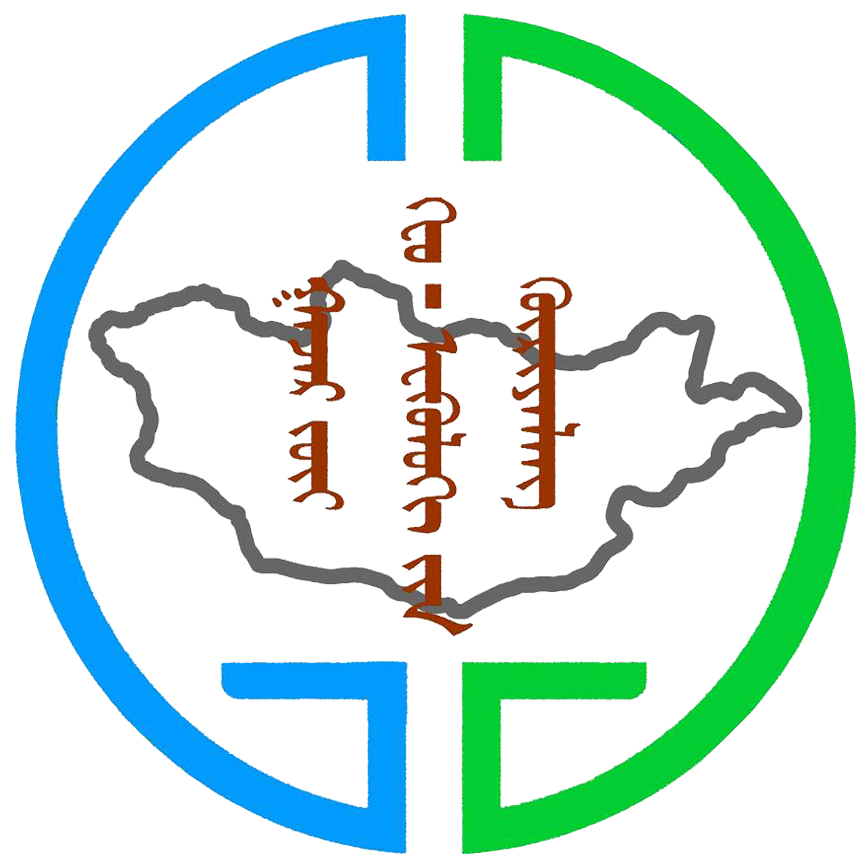Batnyam_MOGZA 2020 (41)
URL: http://mogza.igg.ac.mn/section/492
We used the Radial basis function kernel of the SVM classification method to classify the land cover of Uvs aimag. The 2018 summer season data from the Landsat-8 satellite with medium-spatial resolution was used to develop the ground cover classification. The training and test points were created using ENVI (Environment for visualizing images) software. Training points were selected at 3 000 pixels per class, and test points were selected 1 000 pixels per class. The classification of land cover is based on the classification of the main types of "Landscape of Mongolia-1990". It is divided into 11 classes: Glacial and snow cover, mountain meadows and meadows, meadows, steppes, dry steppes, some deserts, salt marshes, sands and lakes. The overall accuracy was 90.77%, the kappa coefficient (k) was 0.98, and the accuracy of the classes was low in the highlands, while the accuracy of the classes was good in the mountainous areas. The results show that the auxiliary vector classification method is more effective in arid and semi-arid mountainous areas.
There are no views created for this resource yet.
Additional Information
| Field | Value |
|---|---|
| Data last updated | March 25, 2021 |
| Metadata last updated | March 25, 2021 |
| Created | March 25, 2021 |
| Format | URL |
| License | Creative Commons Attribution |
| created | over 4 years ago |
| format | URL |
| id | 7b450265-1bf8-4b6a-b1b9-38e36a4c017a |
| package id | bf868022-6293-4a91-b02b-f2338554a25c |
| revision id | 0c954e7a-fae1-40f1-b0cb-7662daa779dc |
| state | active |
